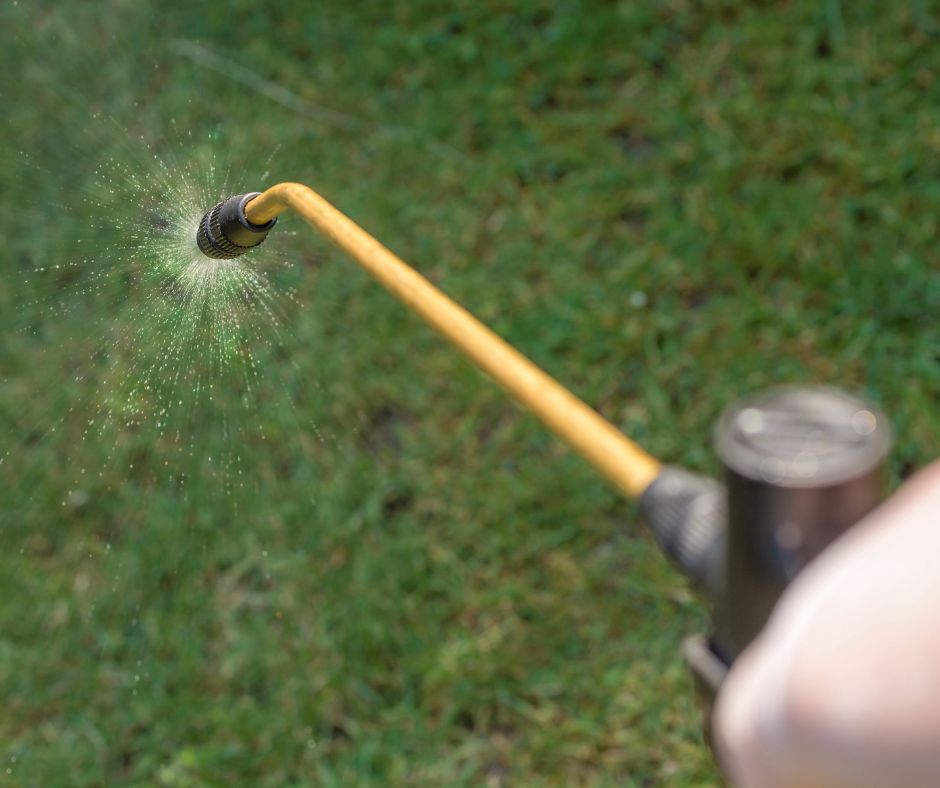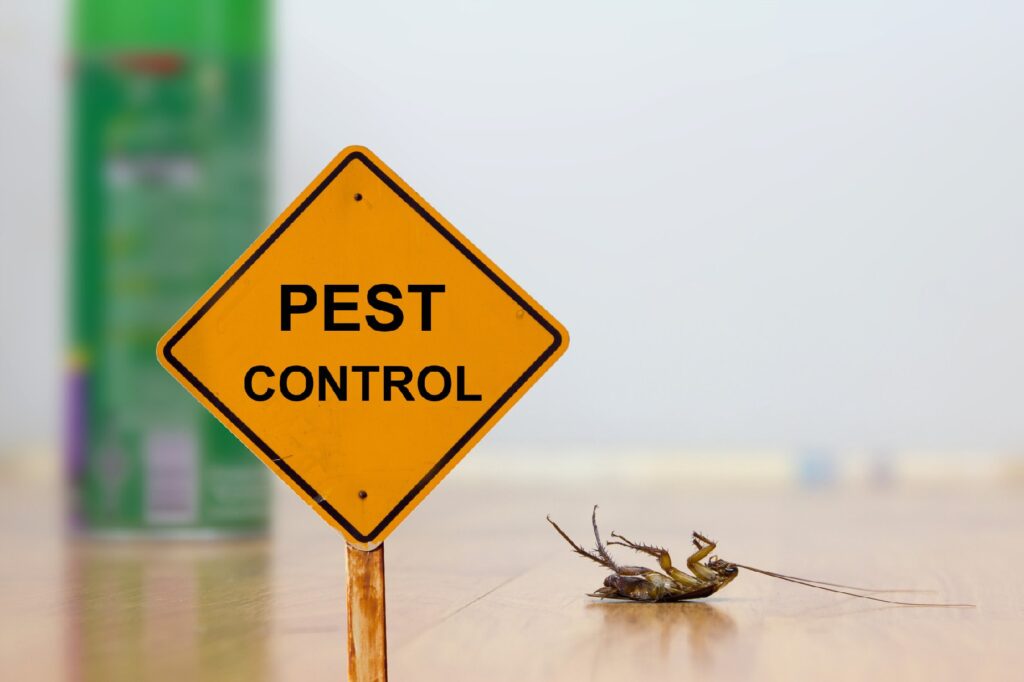Top-tier Mosquito Control Services for a Comfortable Outdoor Living Space
Learn About the most up to date Advances in Parasite Control and How to Apply Efficient Therapy Solutions
Over the last few years, the field of bug control has actually seen considerable improvements, driven by the requirement for sustainable and reliable therapy solutions. Ingenious methods such as Integrated Bug Management (IPM) incorporate environmentally friendly exercise with innovative technology, enhancing both effectiveness and environmental obligation. Furthermore, the assimilation of clever technologies and DIY methods has actually empowered individuals to take on bug issues better. As we discover these developments, it ends up being necessary to comprehend just how best to execute these approaches in different setups to achieve optimal results. The effects for parasite monitoring techniques might be transformative.
Eco-Friendly Bug Control Options
In the last few years, the demand for environment-friendly pest control alternatives has actually surged as homeowners and companies alike seek lasting alternatives to standard chemical therapies. This shift is driven by expanding environmental understanding and a wish to reduce the health risks connected with synthetic pesticides.

Eco-friendly bug control techniques incorporate a series of strategies that focus on making use of natural substances and techniques. Integrated Insect Monitoring (IPM) is one such method, incorporating biological, cultural, and mechanical tactics to take care of parasite populations while reducing reliance on chemicals (Wildlife removal services). This all natural method stresses prevention through environment adjustment and the introduction of all-natural killers, therefore promoting a balanced environment
Another preferred choice is the usage of agricultural pesticides originated from plants, which often tend to be less dangerous to non-target microorganisms. Products like neem oil and diatomaceous earth have gotten grip for their effectiveness in regulating pests while positioning very little threats to human wellness and the environment.
Furthermore, exclusion methods, such as securing entrance points and keeping sanitation, play an essential role in environment-friendly insect monitoring. By adopting these lasting practices, companies and individuals can efficiently manage pests while promoting a healthier earth for future generations.
Smart Innovation in Parasite Management
Advancement is reshaping the landscape of bug administration, with smart innovation arising as a crucial force in enhancing performance and performance - Wildlife removal services. The assimilation of Web of Things (IoT) gadgets, artificial knowledge (AI), and information analytics is reinventing how pest control professionals come close to problems
Smart catches outfitted with sensing units can discover insect activity in real-time, sending immediate notifies to drivers. This allows for timely responses, lessening damages and lowering the requirement for extensive treatments. Additionally, AI formulas analyze historic information to predict bug habits, making it possible for proactive interventions based upon environmental conditions and invasion patterns.
Drones and automatic cars are likewise playing a substantial duty in pest monitoring, offering aerial assessments of huge areas, determining hotspots, and even distributing targeted treatments. These technologies not just improve operations but also boost safety and security by limiting human direct exposure to potentially damaging chemicals.
Additionally, mobile applications equip customers to check pest task and access expert advice, cultivating a collective strategy to pest monitoring. In general, the fostering of wise innovation is setting a new criterion in bug control, emphasizing data-driven decisions and lasting methods that ultimately benefit both specialists and property owners alike.
Integrated Insect Monitoring Approaches
Integrated Insect Monitoring (IPM) uses a holistic technique to pest control, combining different techniques to properly handle bug populations while decreasing dangers to human health and wellness and the environment. IPM rotates around comprehending the pest life process, their natural opponents, and the community in which they prosper.
Among the fundamental parts of IPM is keeping track of pest populations through routine evaluations and information collection. This enables the identification of insect limits, determining when treatment is required. Social methods, such as crop cleanliness, rotation, and environment control, are essential in minimizing pest frequency and promoting plant health and wellness.
Mechanical controls, including barriers and traps, are likewise vital in IPM. These methods can physically get rid of or discourage pests without the use of chemicals. When essential, the cautious application of chemical controls is employed, concentrating on targeted treatments that lessen environmental influence.
Education and partnership among stakeholders, including farmers, parasite control professionals, and the neighborhood, are vital for the effective execution of IPM techniques. By prioritizing lasting techniques, IPM not only addresses pest issues yet likewise promotes a much healthier environment.
Biological Control Methods
Various biological control approaches are progressively acknowledged for their efficiency in handling parasite populations while advertising eco-friendly equilibrium. These techniques harness natural predators, bloodsuckers, and virus to decrease pest numbers without counting on artificial chemicals. As an example, the intro of ladybugs can efficiently control aphid populaces, while nematodes target soil-dwelling bug larvae.
Additionally, making use of microbial pesticides, such as Bacillus thuringiensis (Bt), offers an ecologically friendly choice for managing important source caterpillar bugs. These products particularly target pest species, minimizing injury to beneficial insects and pollinators. Additionally, conservation biological control highlights boosting habitats for all-natural opponents, such as birds and useful bugs, thereby motivating their presence in farming systems.
Study continues visit this site right here to disclose ingenious strategies within this area, such as the usage of scents to disrupt pest breeding patterns or the advancement of biocontrol agents via genetic modification. Applying these techniques can result in lasting insect management practices that minimize the dependence on chemical interventions, ultimately fostering healthier ecosystems. As recognition of these techniques expands, they are ending up being integral parts of incorporated insect administration (IPM) techniques, supplying a balance between efficient insect control and environmental stewardship.
Do It Yourself Bug Control Solutions
As property owners seek effective ways to tackle bug problems, do it yourself bug control solutions have actually obtained appeal for their ease of access and cost-effectiveness. These techniques equip people to resolve problems utilizing easily available products and strategies, frequently without the requirement for professional intervention.

In addition, maintaining correct sanitation and normal inspections can stop pest entrance and nesting (Wildlife removal services). Simple techniques, such as securing fractures, eliminating food sources, and decluttering, can significantly lessen pest populaces. Traps, both homemade and commercially readily available, can also provide efficient options for tracking and controlling specific parasites like bugs or rodents

Final Thought
The combination of green insect control options, smart technology, and cutting-edge resource management techniques offers a thorough strategy to effective bug administration. By embracing Integrated Bug Administration (IPM) and utilizing organic control techniques, along with Do it yourself remedies, sustainable and liable insect control can be accomplished.
Eco-friendly bug control techniques incorporate an array of approaches that focus on the usage of natural substances and techniques. Integrated Bug Management (IPM) is one such approach, integrating organic, social, and mechanical tactics to handle bug populations while lowering reliance on chemicals. As awareness of these methods expands, they are becoming indispensable components of incorporated insect administration (IPM) techniques, providing a balance in between reliable insect control and ecological stewardship.
The integration of eco-friendly bug control alternatives, clever technology, and cutting-edge management methods presents a detailed approach to effective insect administration. By accepting Integrated Pest Administration (IPM) and using biological control approaches, together with DIY options, responsible and sustainable parasite control can be achieved.